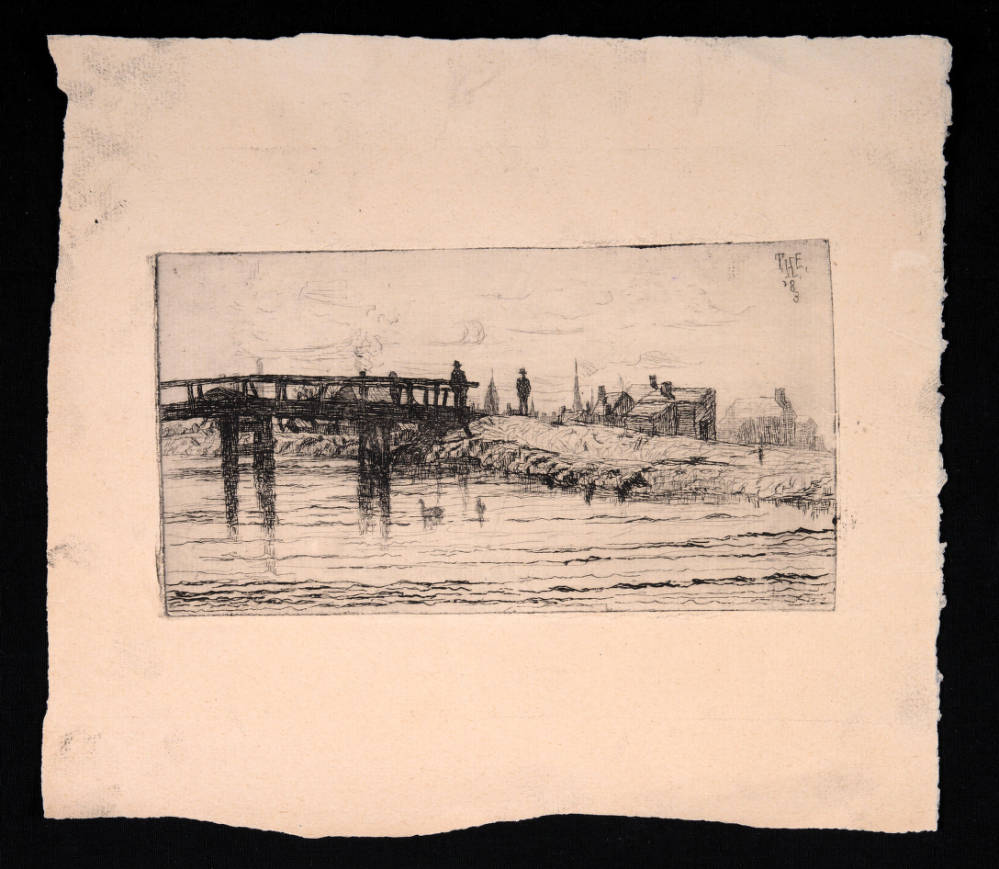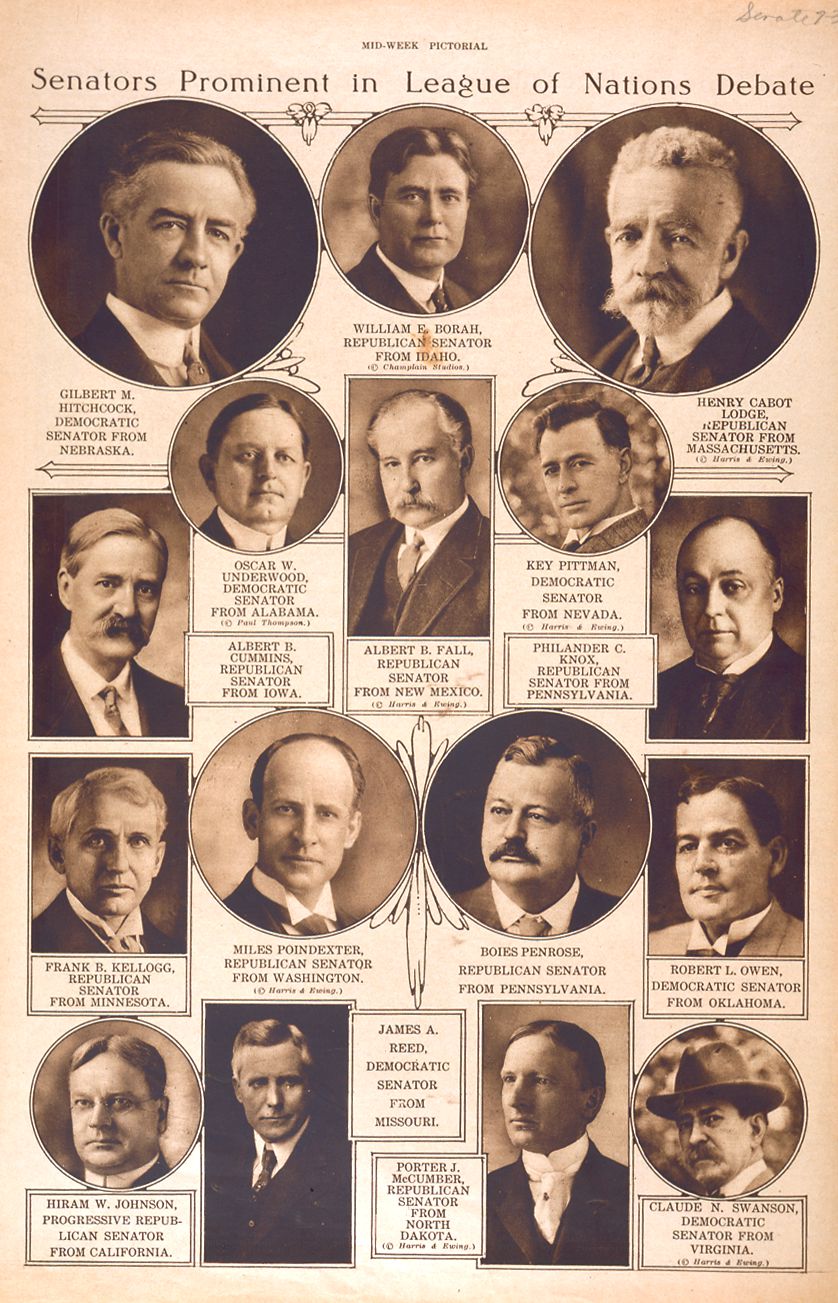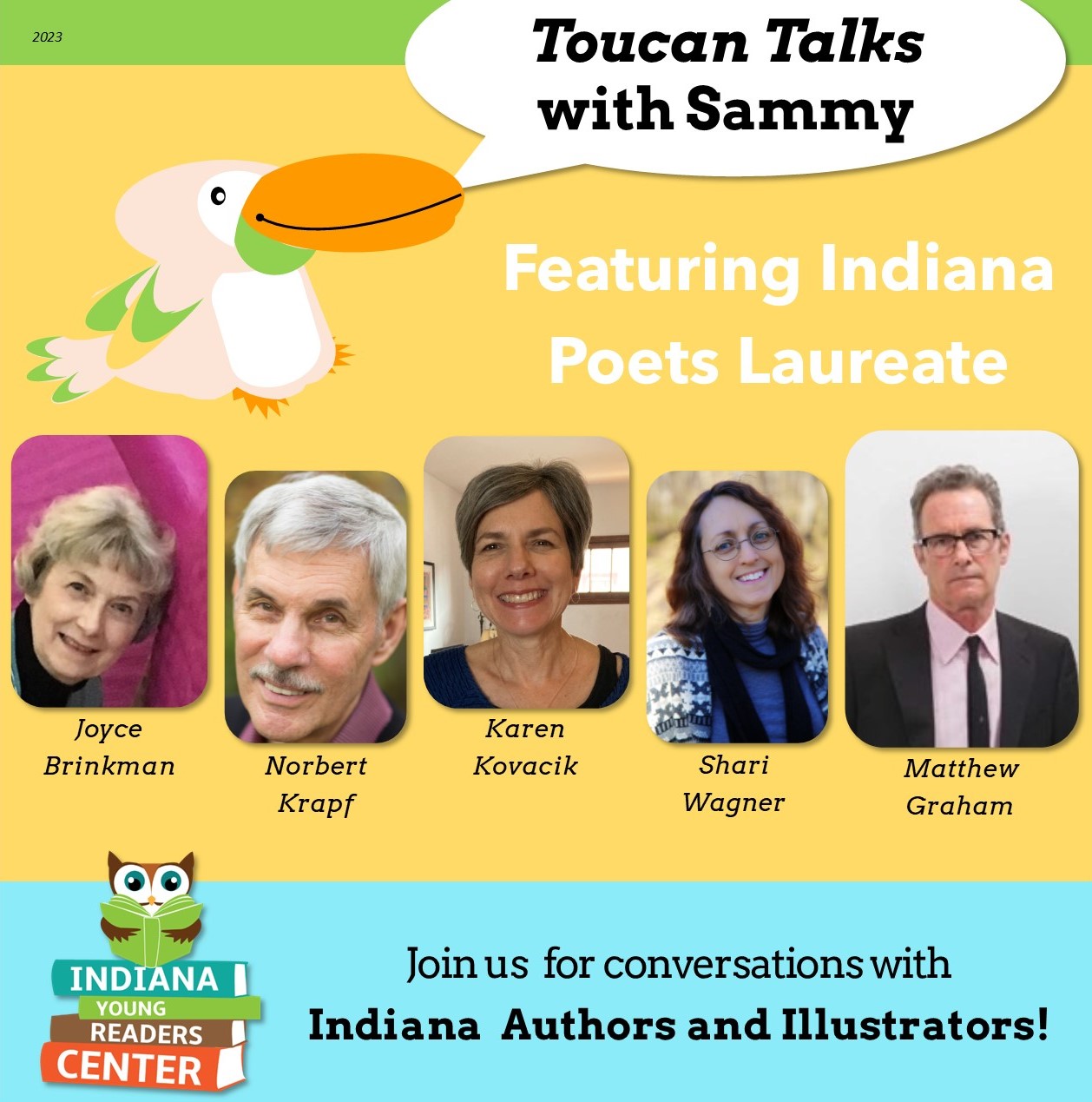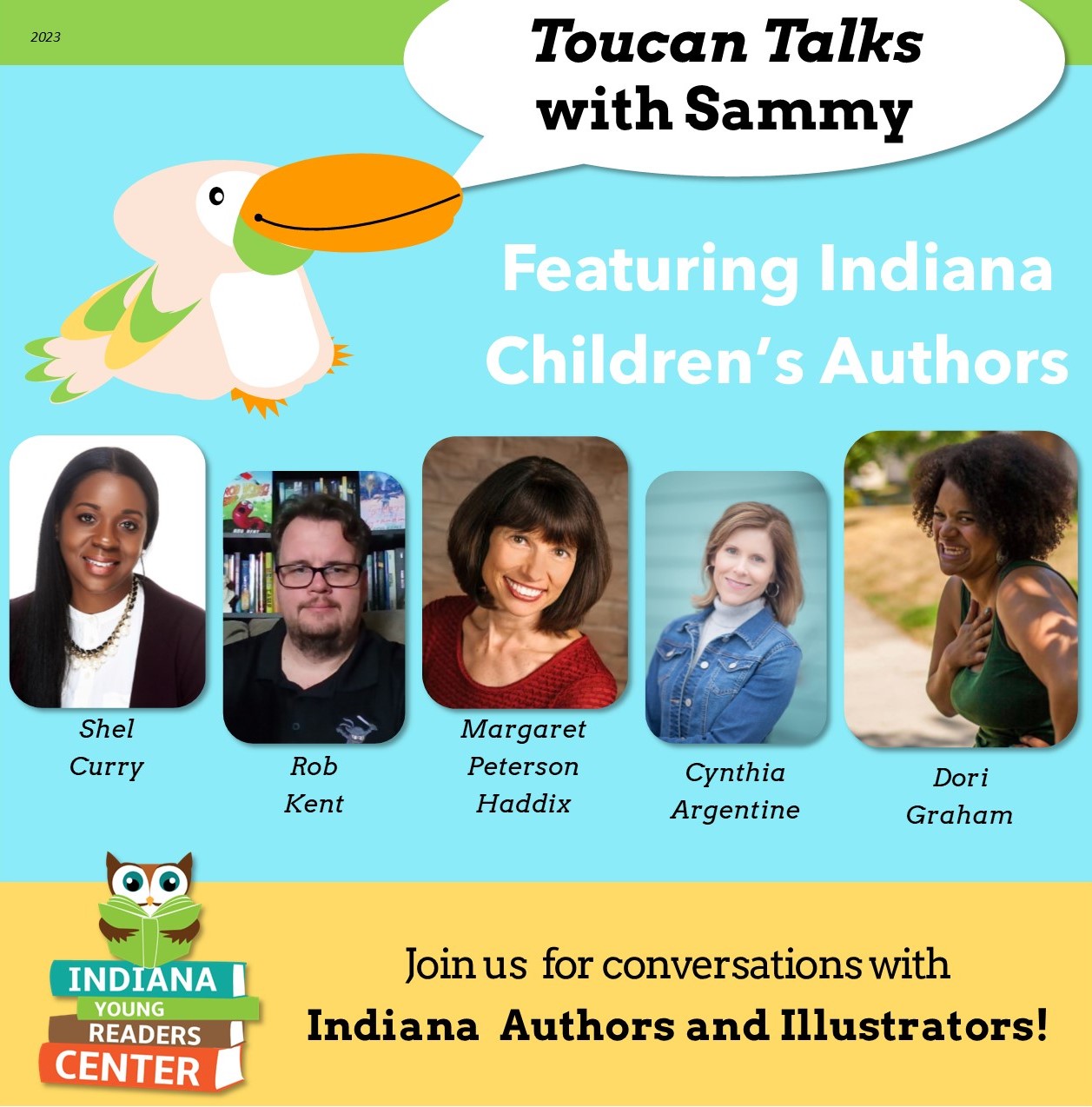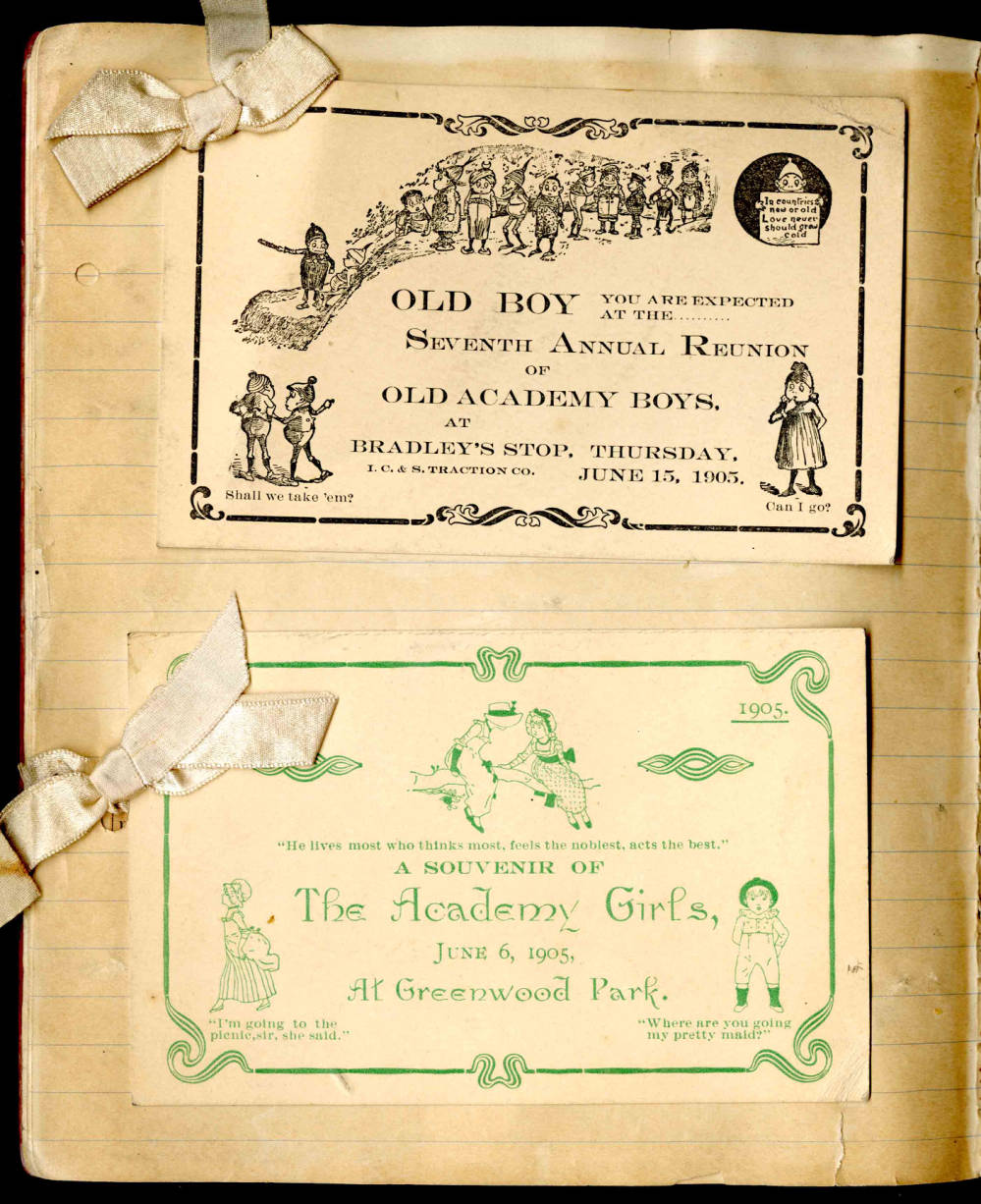The names Banta, Demaree, Terhune, Voris and Van Arsdal are familiar to many Hoosiers. The roots of these names lie in an intrepid group of pioneers who immigrated from Pennsylvania to Kentucky in the late 18th century. The group was led by Hendrick Banta, who was seeking to form a colony that would preserve Dutch culture, language, and religion.
Hendrick Banta was descended from Epke Jacobs, who came to the then Dutch colony of New Netherland in 1659 from the village of Minnertsga in the Friesland province of the Netherlands. He was accompanied by his wife, Tietske Dircksdr (also spelled Sistske Dirksda), and five young sons. After first setting in what is now Flushing, Queens, the family had relocated to Bergen County, New Jersey. The first recorded instance of the surname Banta came in 1696, as the family had previously followed the Dutch tradition of patronymic naming. For example, Epke Jacobs was Epke, son of Jacob. After the British gained control of the Dutch colonies in America, settlers adopted the practice of hereditary surnames. It appears that “Banta” was the name of the farm in the Netherlands owned by Epke Jacobs’ grandparents.

New Netherland, 1600s. Courtesy of the New York State Library Digital Collections.
Epke’s great-grandson, Hendrick, or Henry, was born in Bergen County in 1718, and married Rachel Brouwer, or Brower, in 1738, with whom he had six children. Rachel died in 1749, and Hendrick married Antjin, or Ann Demarest, in 1751. The couple went on to have 13 surviving children. Hendrick’s concern that the Dutch community was being influenced by other cultures led him to move his family first to Somerset County, New Jersey, and then onto Conewego outside of York, Pennsylvania.
By the 1770s, the area that we now know as Kentucky was opening to settlement. However, getting there was far from easy. Settlers faced two treacherous options. The first involved crossing the Appalachian Mountains via the Cumberland Gap. The second used the Ohio River, and this was the route taken by Henrick Banta and his travelling party. The group included 12 of his 19 surviving children and 19 of his grandchildren, many of whom were younger than 12-years-old. As well as Hendrick’s immediate family, representatives of the Van Arsdale, Demaree, Riker, Westervelt, Voris and Dorland families were part of the travelling party. The first part of the journey began in late 1779 with a 200-mile trek to the source of the Ohio River near what is now Pittsburgh. They traveled in canvas covered wagons drawn by horses or oxen, also transported sheep, cattle and hogs. Here they constructed flatboats, which they then used to float down the river to the Falls of the Ohio River near Louisville, Kentucky. The journey was nearly 600 miles through dense forest and took about nine days to complete. The Banta party arrived on April 6, 1780.

A flatboat floating down the Ohio River. Engraving by Albert Waud.
They first settled near the Ohio River, in many cases using the lumber from the flatboats to build cabins. However, the Native Americans in this area were hostile to European settlers, and the group moved southeast to Harrodsburg in Mercer County. In 1786, Squire Boone, brother of Daniel, sold over 12,000 acres of land in Henry and Shelby Counties to the Dutch. This became known as the Low Dutch Tract. Individual families were given 200 acres of land, but the entire tract was held collectively by the Low Dutch Company.

The Old Mud Meeting House, Harrodsburg, KY.
Despite Hendrick’s best efforts, members of the Dutch colony began to intermingle with settlers of other backgrounds and religion. In 1795, he and other elders of the community wrote to the leadership of the Dutch Reformed Church with a plea for a minister to be sent out to them. Indeed, two of Hendrick Banta’s sons became Baptist preachers, and others joined the burgeoning Shaker movement.
Hendrick Banta died in 1804, and in the following years large numbers of settlers left the original Low Dutch Tract, including many who moved to southern Indiana as well as Johnson County. One of the many descendants of these settlers was David Demaree Banta, who was the first dean of the Indiana University Law School.
To learn more about Indiana’s Dutch roots, please contact the Genealogy Division at the Indiana State Library. They can be reached at 317-232-3689 or by using the Indiana State Library’s Ask-a-Librarian service.
This post was written by Laura Williams, genealogy librarian at the Indiana State Library.
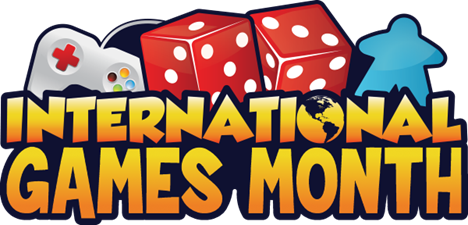 What is IGM? Well, it is a celebration of games and gaming in libraries. GameRT encourages libraries to play, talk about, teach, promote and even create games during November each year. We work to connect libraries and their patrons with free resources that can found on our website. We also strive to get sponsors to give games away to libraries. While the deadline has passed to be registered for the giveaways of physical games, there is still time to register for the drawings of discount codes from some of our sponsors. If you are interested in registering, you can use the following form.
What is IGM? Well, it is a celebration of games and gaming in libraries. GameRT encourages libraries to play, talk about, teach, promote and even create games during November each year. We work to connect libraries and their patrons with free resources that can found on our website. We also strive to get sponsors to give games away to libraries. While the deadline has passed to be registered for the giveaways of physical games, there is still time to register for the drawings of discount codes from some of our sponsors. If you are interested in registering, you can use the following form.





